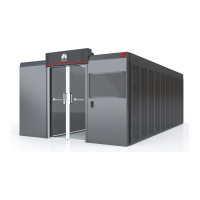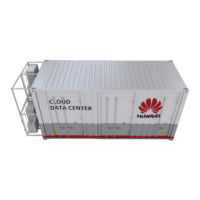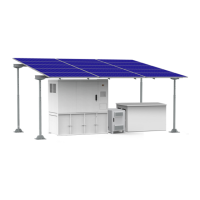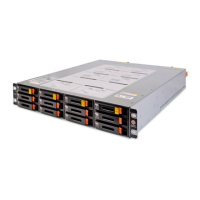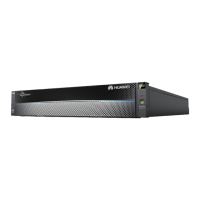FusionModule2000 Smart Modular Data Center
Product Description
7 Temperature Control System
Copyright © Huawei Technologies Co., Ltd.
Dimensions (H1 (H2) x
W x D) (mm)
Class B: 1107 (655) x
1356 x 1094
Class C: 1156 (725) x
1356 x 1094
5%–95% RH (non-condensing)
0–4000 m. If the altitude exceeds 1000 m, the cooling
performance is derated. For detailed derating data, contact
Huawei technical support.
CE, RoHS, REACH, CQC, WEEE, and IEC
Outdoor unit installation environments are classified as follows based on the harshness:
Class A (controlled environment): indoor environments where the ambient temperature and humidity
are controlled, including rooms where people live
Class B (uncontrollable environment): indoor environments where the ambient temperature and
humidity are not controlled or general outdoor environments with simple shielding measures where
the humidity reaches 100% occasionally
Class C (harsh environment): marine environments within 3.7 km away from the coast or outdoor
land environments with simple shielding measures within 1.2 km away from a pollution source
Class D (marine environment): environments within 500 m away from the coast
The NetCol500-A0365S11E0, NetCol500-A0265S11E0 and NetCol500-A0605S outdoor units must not
be installed in class D environments, and other outdoor units must not be installed in class C or class D
environments.
7.5.3 (Optional) Low-Temperature Component
Working Principle
When the outdoor temperature is below the operating temperature lower limit specified for the
product, the condensing pressure of the system for the outdoor unit condenser with natural
cooling may still stay below the safe operating pressure of the compressor. A low-temperature
component is required to address this issue.
The low-temperature component intelligently controls the condensing pressure to ensure that
the equipment can work safely and reliably at an outdoor ambient temperature as low as
–40ºC. When detecting that the outdoor condensing pressure is low, the pressure stabilizing
valve automatically opens to bypass hot gas to the liquid storage tank of the low-temperature
component, thereby ensuring that the condensing pressure stays within the range for safe and
reliable operation. When detecting that the condensing pressure exceeds the threshold, the
pressure stabilizing valve automatically closes the bypass.
